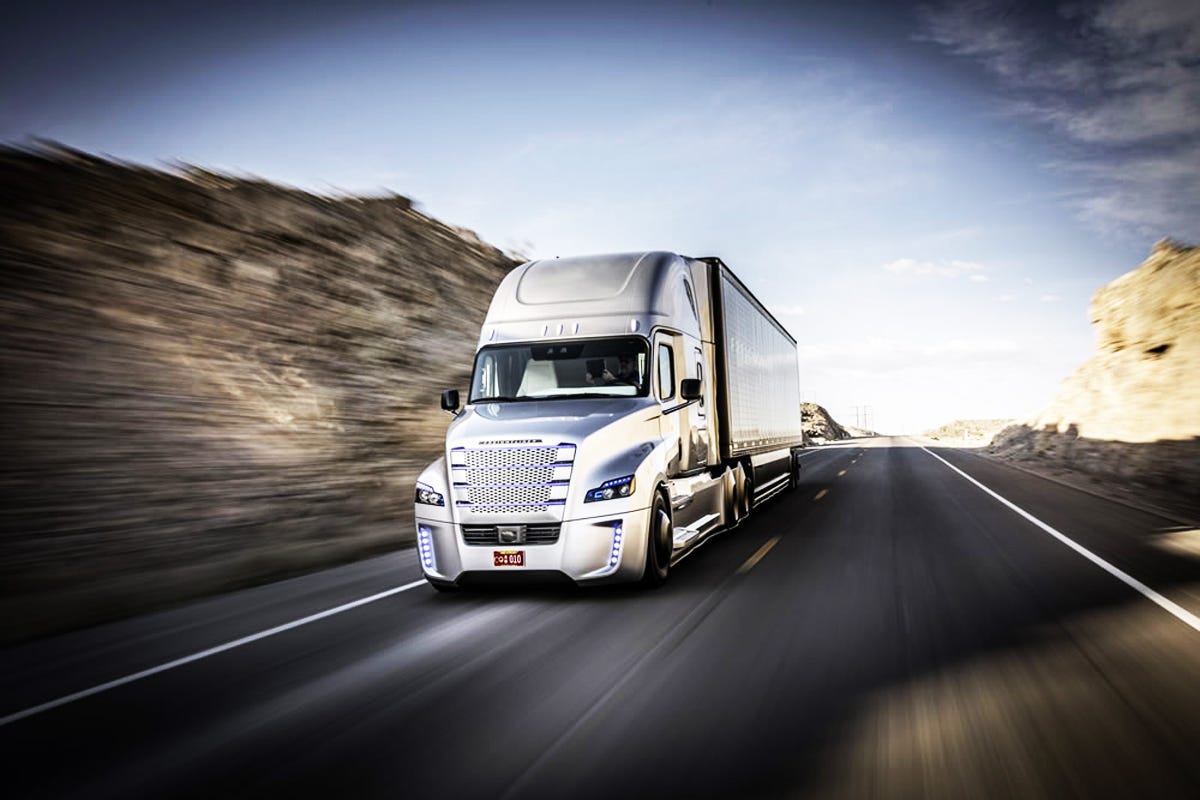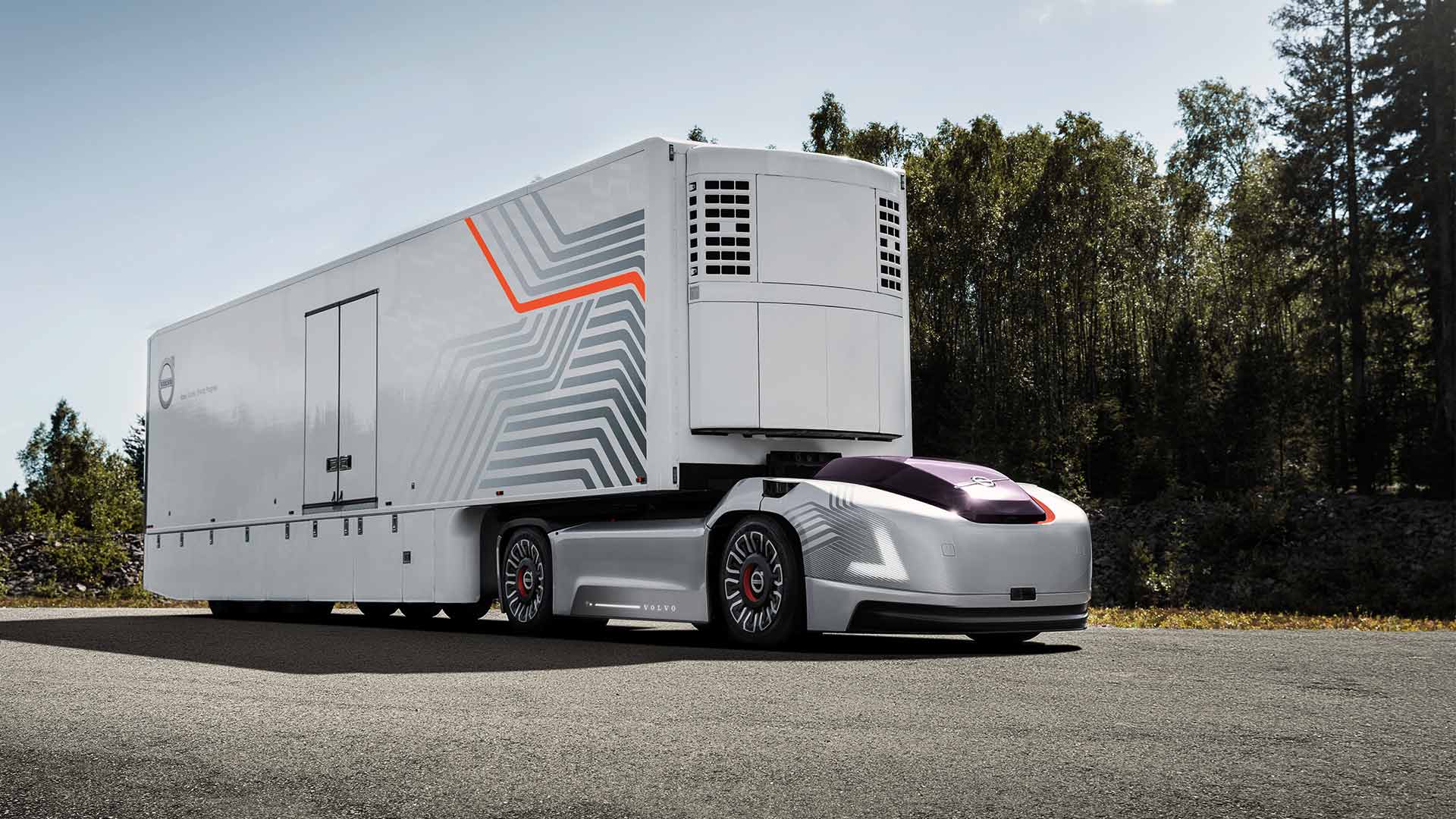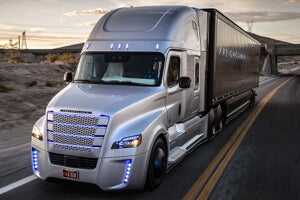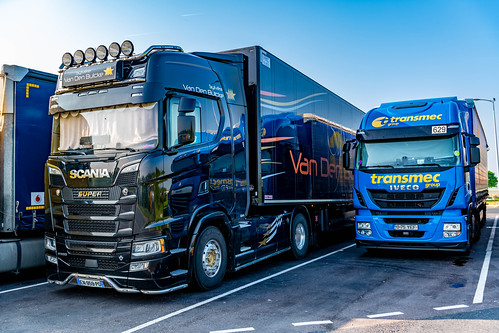Self-driving technology has been making significant strides in recent years, revolutionizing various industries, including the trucking sector. The concept of self-driving trucks may sound like something out of a science fiction movie, but it is quickly becoming a reality.
In this article, we will delve into the advancements in self-driving truck technology and explore its potential impact on investing and learning about investing.
Overview of Self-Driving Truck Technology
Self-driving truck technology utilizes advanced sensors, AI algorithms, and cutting-edge technologies to enable trucks to operate autonomously. Equipped with cameras, lidar, radar, and GPS, these trucks can navigate roads, make informed decisions, and complete deliveries without human intervention.
With improved safety and increased efficiency, self-driving trucks have the potential to revolutionize the transportation industry.
The Potential Impact and Benefits of Self-Driving Trucks
Self-driving trucks have the potential to revolutionize the trucking industry, offering numerous benefits. They enhance safety through advanced sensors and AI systems that react faster than human drivers to potential hazards. Various companies are developing autonomous systems for trucks, each with unique features.
Comparing these systems helps identify strengths and weaknesses. Self-driving trucks increase operational efficiency by optimizing logistics and minimizing downtime. They also reduce costs by eliminating labor expenses and improving fuel efficiency.
Additionally, these vehicles contribute to environmental sustainability by minimizing emissions and offering eco-friendly features. Overall, self-driving trucks bring transformative advantages to the industry.
Efficiency and Cost-Effectiveness: How Self-Driving Trucks are Revolutionizing the Industry
Self-driving trucks are transforming the logistics industry by increasing efficiency and reducing costs. These vehicles streamline operations through optimized routes, minimized idle time, and faster deliveries. By eliminating the need for human drivers, self-driving trucks significantly reduce labor expenses.
Additionally, advanced fuel management systems lead to lower fuel consumption and subsequent cost savings. While initial investment is required, long-term savings in labor costs and improved operational efficiency make self-driving trucks a game-changer for logistics and supply chain management processes.
Environmental Impact: Examining the Sustainability Benefits of Autonomous Trucking
The rise of autonomous trucking has sparked a critical examination of its environmental impact and the potential sustainability benefits it brings. As we confront growing concerns about the environmental consequences of traditional diesel-powered trucks, self-driving trucks offer a glimmer of hope for a greener future.
One of the key advantages of self-driving trucks lies in their ability to optimize speed and braking patterns, ultimately maximizing fuel efficiency. By precisely controlling acceleration and deceleration, these vehicles can significantly reduce fuel consumption and, consequently, carbon emissions.
This reduction in greenhouse gases presents a tangible step towards mitigating climate change and improving air quality.
Beyond the reduction in carbon emissions, self-driving trucks have the potential to address other pressing environmental concerns as well. Noise pollution is a significant issue associated with traditional trucks, especially in densely populated areas.
However, with their advanced technology, autonomous trucks operate more quietly, minimizing noise disturbance along transportation routes.
Additionally, self-driving trucks can contribute to better traffic flow management. By employing sophisticated algorithms that optimize routes and minimize congestion, these vehicles help reduce idle time on roads.
Consequently, this not only improves overall transportation efficiency but also reduces fuel consumption and emissions caused by stop-and-go traffic patterns.
In summary, the emergence of self-driving trucks holds immense promise for addressing environmental challenges linked to transportation systems.
Through their ability to reduce carbon emissions through optimized fuel consumption and mitigate noise pollution while enhancing traffic flow management, autonomous trucks offer tangible sustainability benefits that can contribute to a greener future for all.
Challenges and Limitations: Understanding the Current Constraints of Self-Driving Trucks
Implementing self-driving trucks faces legal, technological, and public perception challenges. The evolving legal landscape requires navigating complex regulations to ensure safety and compliance.
Technological limitations involve handling adverse weather conditions and maneuvering through complex urban environments where human intuition often outperforms AI algorithms. Additionally, infrastructure upgrades may be necessary for seamless integration, while building public trust remains essential for widespread adoption.
Overcoming these constraints is crucial for realizing the potential benefits of self-driving trucks in revolutionizing the transportation industry.
Industry Adoption and Future Outlook: Analyzing the Implementation of Autonomous Trucks in Various Sectors
The implementation of autonomous trucks in different sectors is revolutionizing industries and offering a glimpse into the future of transportation. From long-haul deliveries to mining operations and logistics hubs, self-driving trucks have proven their worth.
Successful implementations include faster long-haul deliveries with uninterrupted travel, improved productivity and worker safety in mining operations, and streamlined operations and optimized routes in logistics hubs.
While concerns about job displacement are valid, there are new opportunities for skilled workers specializing in maintaining and overseeing self-driving truck fleets. As technology evolves, new jobs requiring expertise in areas like data analysis and artificial intelligence will emerge.
The industry adoption of autonomous trucks presents a promising future outlook across various sectors. Their successful implementations demonstrate their value and potential to revolutionize transportation and reshape industries.
Legal and Regulatory Frameworks: Navigating the Legal Landscape for Self-Driving Trucks
The legal framework surrounding self-driving trucks is crucial for safety, liability, and operation guidelines. Understanding current regulations and anticipating future developments is vital for investors and those interested in investing.
Existing regulations governing self-driving trucks impact industry growth. They address vehicle design standards, testing requirements, and licensing procedures. Compliance ensures safety while advancing innovation.
Safety is a key focus of current regulations. Autonomous trucks must meet stringent standards for navigating various conditions and interacting with other vehicles. Guidelines determine liability in accidents involving self-driving trucks, clarifying responsibility in a technologically advanced industry.
Anticipating future regulatory changes is essential for capitalizing on the potential of self-driving trucks. Governments worldwide are exploring updates to accommodate autonomous vehicles.
Future regulations could shape the industry by impacting market entry barriers, expansion plans, and sustainability considerations. Stakeholders should stay informed and engage with policymakers to create favorable environments that promote innovation while maintaining safety standards.
Understanding legal frameworks enables investors and enthusiasts to navigate the opportunities and challenges within the dynamic field of self-driving trucks.
Case Studies: Contrasting the Benefits and Drawbacks of Autonomous Vehicles vs Human Drivers
In this section, we will analyze case studies that compare the advantages and disadvantages of autonomous vehicles to human drivers. By examining specific scenarios where self-driving trucks excel or where human drivers have the upper hand, we can gain insights into how this technology may impact the transportation industry.
Autonomous vehicles offer enhanced safety by minimizing human error, reducing accidents caused by fatigue or distraction. They also have the potential for economic benefits, optimizing fuel efficiency and increasing productivity without requiring rest breaks like human drivers.
However, there are drawbacks to consider. While autonomous vehicles excel in following traffic rules, they may struggle in unpredictable situations that require rapid decision-making based on intuition or situational awareness.
There are also concerns about job displacement within the trucking industry if self-driving technology becomes more prevalent.
Through these case studies, we can better understand the pros and cons of autonomous vehicles compared to traditional human-driven vehicles. This knowledge will aid in making informed decisions about integrating self-driving trucks into our transportation systems.
[lyte id=’9h9yHYkF7xI’]







